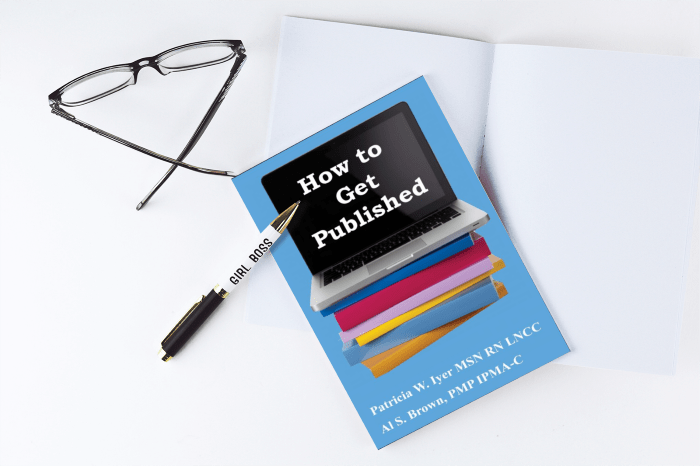Writing a book stimulates your creativity. How often have you thought to yourself, “I’m not creative?” Have you marveled at the creativity of young children playing, wondering where on earth they come up with these crazy ideas?
Creativity doesn’t disappear completely as we get older; we simply don’t exercise it quite as much as we did as youngsters.
Traditional classroom schooling also doesn’t place a priority on creativity because teachers are so focused on teaching the curriculum and scoring tests. If you want to spur your creative juices once again, write a book.
Of course, before you start writing your book, prepare an outline and know what topic you’ll write about. If you’re an expert in a particular field, it makes sense to write about your expertise so your business will grow.
Unlock your hidden creative genius by writing a book
1. Use the brain dump method to empty your mind of too many ideas. Experts have proven that multitasking actually diminishes productivity, so instead of trying to write your book while all these other ideas are swimming around, take a journal and just start writing everything down.
And I mean EVERYTHING, whatever is taking up space in your brain should be on that paper. Now that you’ve released these thoughts onto paper, focus solely on writing your book. You’ll discover the writing process is easier when you’re able to focus on just one task instead of one hundred.
I encourage you to sort through what you’ve laid out to see if the content would fit into an “all about” or “101 tips book” which I explain in my podcast Writing to get Business.
2. Pop the creativity cork to release other ideas. So often we get stuck with one idea in our minds and it’s hard to concentrate on anything else. Release that one big idea into a book – then pay attention to other creative ideas that surface afterward.
There’s a subconscious reason why you can’t move past your book idea and focus on other things; it’s your brain’s way of telling you to follow through and see where it takes you. When your book is complete and you have some time to relax is often when you’ll get your next inspiration.
3. Writing itself is a creative problem-solving process. When was the last time you made a pros/cons list to help you make a decision? Or a to-do list to track your daily tasks? Or mind mapped to illustrate the growth of your business?
These are simple examples of how writing is used to solve problems. Writing out the details of our problem allows us to clarify exactly what has to happen when and it’s then easier to see connections and solutions to these problems. This leads to building the outline of your book.

4. Practice makes perfect. Even if you’re not aiming for perfection, this old adage holds true. The more you write, the easier the process becomes and the more it stimulates your creativity. Writing content for your audience will become easier because you have the practice and you’ve done the research to know what your audience is seeking.
5. Embrace the idea of learning something new every day. The best books are those that are well researched, so embrace that research phase to spur your creativity. Discover new facts, new resources, or new theories. Carry this idea over into your personal life and mix up your daily routines to try new things.
Explore your surroundings, take the long way home from the gym, or explore a new town you randomly choose from a map. Your brain will thank you for making it work differently, simply because you mixed things up.
Creativity is hidden inside each of us. The process of accessing that creativity and using it to create a business you love will be unique for every person but promises to yield great rewards.
If you liked this post, you’ll love How to Get Published.
 Pat Iyer is an editor, author, book coach and ghostwriter who helps individuals create books that encourages their expertise to shine and advances their businesses. She has written or edited 49 of her own books.
Pat Iyer is an editor, author, book coach and ghostwriter who helps individuals create books that encourages their expertise to shine and advances their businesses. She has written or edited 49 of her own books.

 </hr />
</hr />